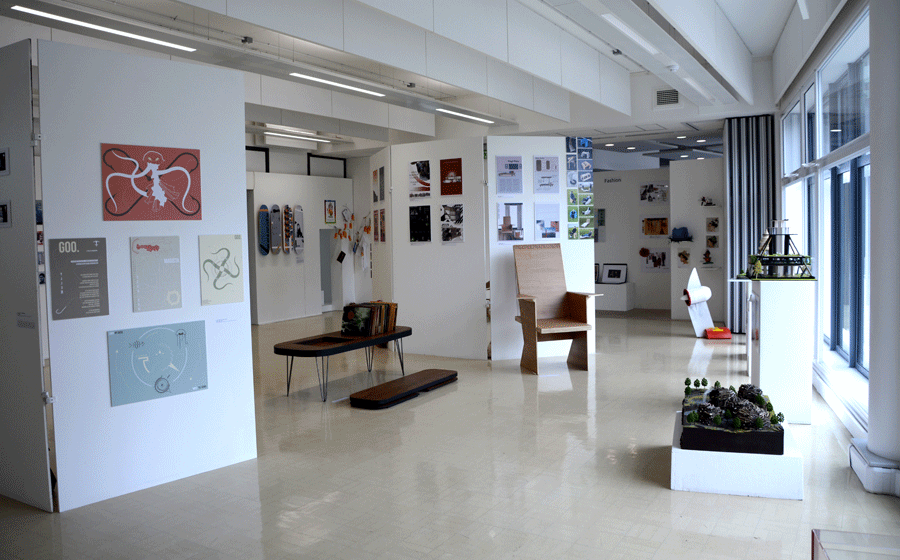In the early 19th century the area to the north of Kingston was largely rural. Canbury Lane (now Richmond Road) was lined by elds although there were a few mansions and gardens along the route. A large tithe barn lay just to the north of the town centre.
In 1817, the Kingston Association was founded ‘to better by every eligible means the conditions and morals of the poor... and for that purpose to enquire as minutely as possible into their wants, employment and habits; and into the causes which promote good or bad effects upon them; and to recommend from time to time, to the public, such measures as might appear calculated to promote the one and to prevent the other’.
This new body saw the need for a school that would give poor children ‘elementary education on a sound basis, with religious teaching as found in the Bible’, and would counter the ‘idleness, ignorance and bad language, which are the principal causes of what is bad in their conditions and morals’.
With money raised by donations, loans and annual subscriptions, a girls’ junior school opened on the site in November 1818, followed in March 1820 by one for boys. Parents wanting their child to attend had to get sponsorship from three of the school’s patrons and give their child a penny a week for the teacher; hence the name Penny School.
In 1827 it was agreed that an infants’ school for the poor was also needed. On 1 September 1828 a new school which had three rooms, each heated by a fireplace, was built next to the junior school. It was opened by the Duchess of Clarence who became Queen Adelaide in 1830 when her husband took the throne as King William IV. The foundation stone with the words THIS STONE WAS LAID BY H.R.H. THE DUCHESS OF CLARENCE 1ST SEPTR 1828 now takes pride of place in the new Creative Industries Centre.
The children who began in the infants department had no idea of letters or numbers, and in the winter frequently stayed away because of illness, chilblains, bad weather and ‘also for want of shoes’, according to the annual school’s report, yet they eventually learnt to read, write and count, and moved up to the main school which they left at 13 to go into service or other jobs.
The construction of Kingston Bridge across the Thames in 1825-27, and the opening of the railway and its ‘New Kingston Station’ in 1863, led to rapid change in the borough. The First Edition Ordnance Survey Map of 1865 shows increasing urbanisation and industrialisation of the north Kingston area. What had previously been an area of open elds to the north and terraced houses to the south on Kingston’s Tithe Map of 1840-1842 had developed into a sprawling residential suburb to the north and east, which in turn increased the numbers attending the junior and infant schools which had become known as the Kingston Public School (Endowed). In 1852, the school had over 270 pupils; by 1888 this number had risen to 791 made up of 377 boys, 264 girls and 150 infants.
The Second Edition Ordnance Survey map of 1895, shows a small number of buildings were added alongside the junior school to accommodate the growing number of pupils. The schools located on the site expanded in the late 19th century and into the rst half of the 20th century. During this time, there were great changes in the provision of education. The previous ad-hoc system funded by charities and endowments became the responsibility of the local authority and the state. The changes to school funding, and the rapidly increasing number of eligible schoolchildren in the area, meant the junior school building was inadequate. It was demolished in 1907 and replaced with a larger, two-storey building of Edwardian architectural style. The 1828 infants school was retained and extended with a large single-storey addition built in a similar style to the new Junior School.
By 1913, any surrounding open elds that had been depicted on the 1895 map had been built on. By 1956, the Infant and Junior Schools were known as the Richmond Road Schools. They were closed in 1964 and taken over by Kingston College for its School of Art and Design, teaching students on further and higher education courses. The 1828 building became an art display space known as the Penny Gallery, while its 1907 extension became lecture rooms. These buildings were demolished in 2013.





